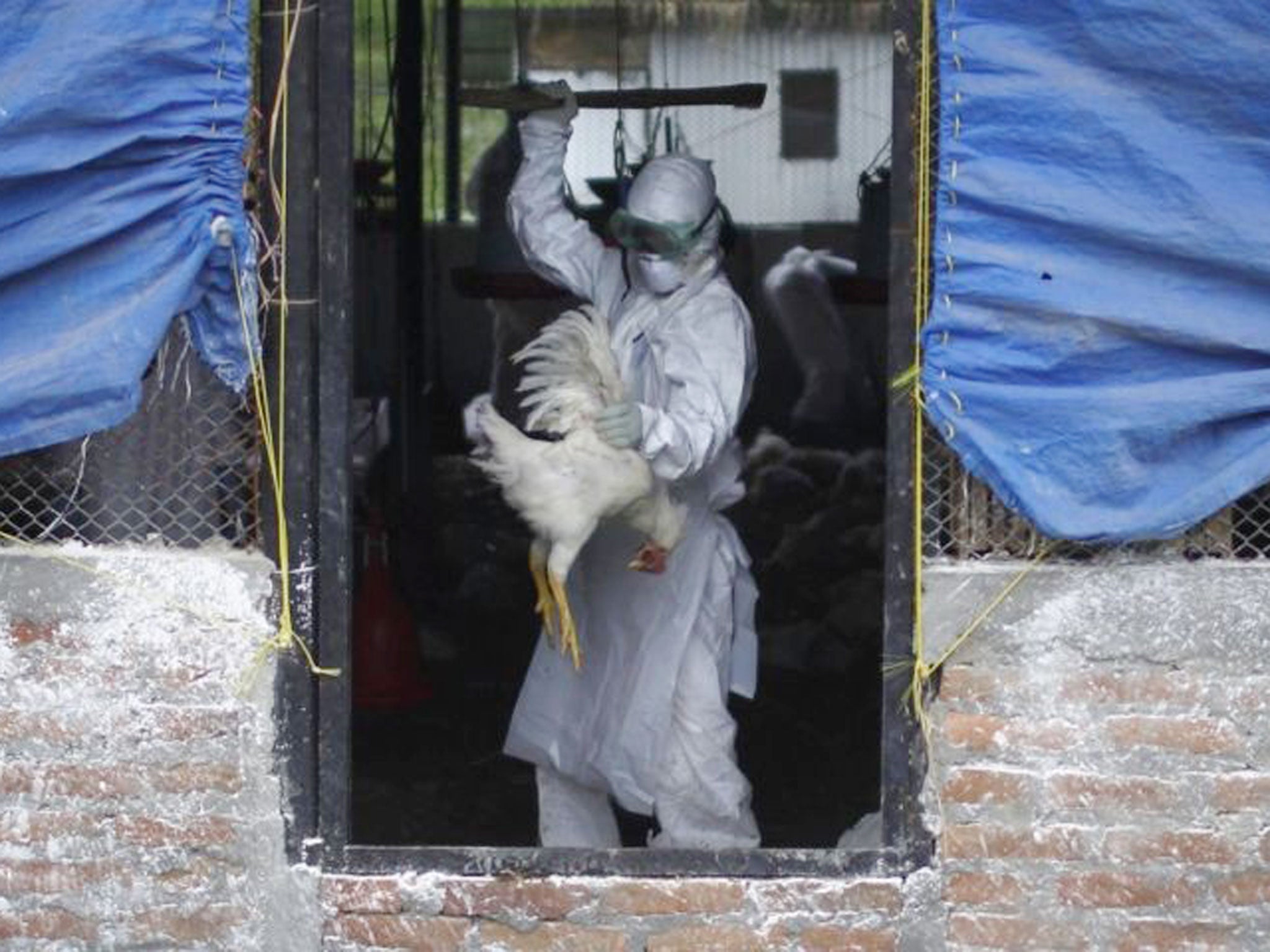Deadly new bird flu 'transmitted between people'
Case in eastern China sees virus pass from a father to daughter who was looking after him

Your support helps us to tell the story
From reproductive rights to climate change to Big Tech, The Independent is on the ground when the story is developing. Whether it's investigating the financials of Elon Musk's pro-Trump PAC or producing our latest documentary, 'The A Word', which shines a light on the American women fighting for reproductive rights, we know how important it is to parse out the facts from the messaging.
At such a critical moment in US history, we need reporters on the ground. Your donation allows us to keep sending journalists to speak to both sides of the story.
The Independent is trusted by Americans across the entire political spectrum. And unlike many other quality news outlets, we choose not to lock Americans out of our reporting and analysis with paywalls. We believe quality journalism should be available to everyone, paid for by those who can afford it.
Your support makes all the difference.A deadly new strain of bird flu has been transmitted from person to person for the first time, scientists reported.
Research published in the British Medical Journal indicated that the virus had moved between a father and daughter in eastern China, killing both of them in the space of 10 days.
The experts said it was the strongest evidence yet that the avian flu strand H7N9 could be transmitted from human to human, but stressed that its ability to be passed on in this way remained “limited and non-sustainable”.
As of the end of June, 133 cases of this particular type of bird flu have been reported, leading to 43 deaths.
Most cases come from people who regularly visited markets selling live birds, or those who had contact with live poultry, around seven to 10 days before falling ill.
The latest study was unusual in that the 32-year-old daughter had not had any contact with potentially infected live animals.
She was tending to her ill 60-year-old father, who often went to markets, when both had to be admitted to hospital. Both died from multiple organ failure despite intensive care treatment.
Follow-up investigations revealed almost genetically identical virus strains from each patient, suggesting transmission from father to daughter.
Dr Peter Horby, senior clinical research fellow at the Oxford University Clinical Research Unit in Hanoi, Vietnam, said the study suggested intensive surveillance of future cases was needed, including of the dose of virus needed to infect people and the role of repeated exposure to the strain.
He said: “The most likely source of infection for the daughter was her father, during the period that she cared from him whilst he was ill.”
Dr Horby nonetheless added that limited person to person transmission had been reported for other strains, H5N1 and H7N7, and the swine origin flu virus H3N2v.
He said the strains have been around for more than a decade, but ”have not progressed any further down the path towards a pandemic virus“.
Join our commenting forum
Join thought-provoking conversations, follow other Independent readers and see their replies
Comments